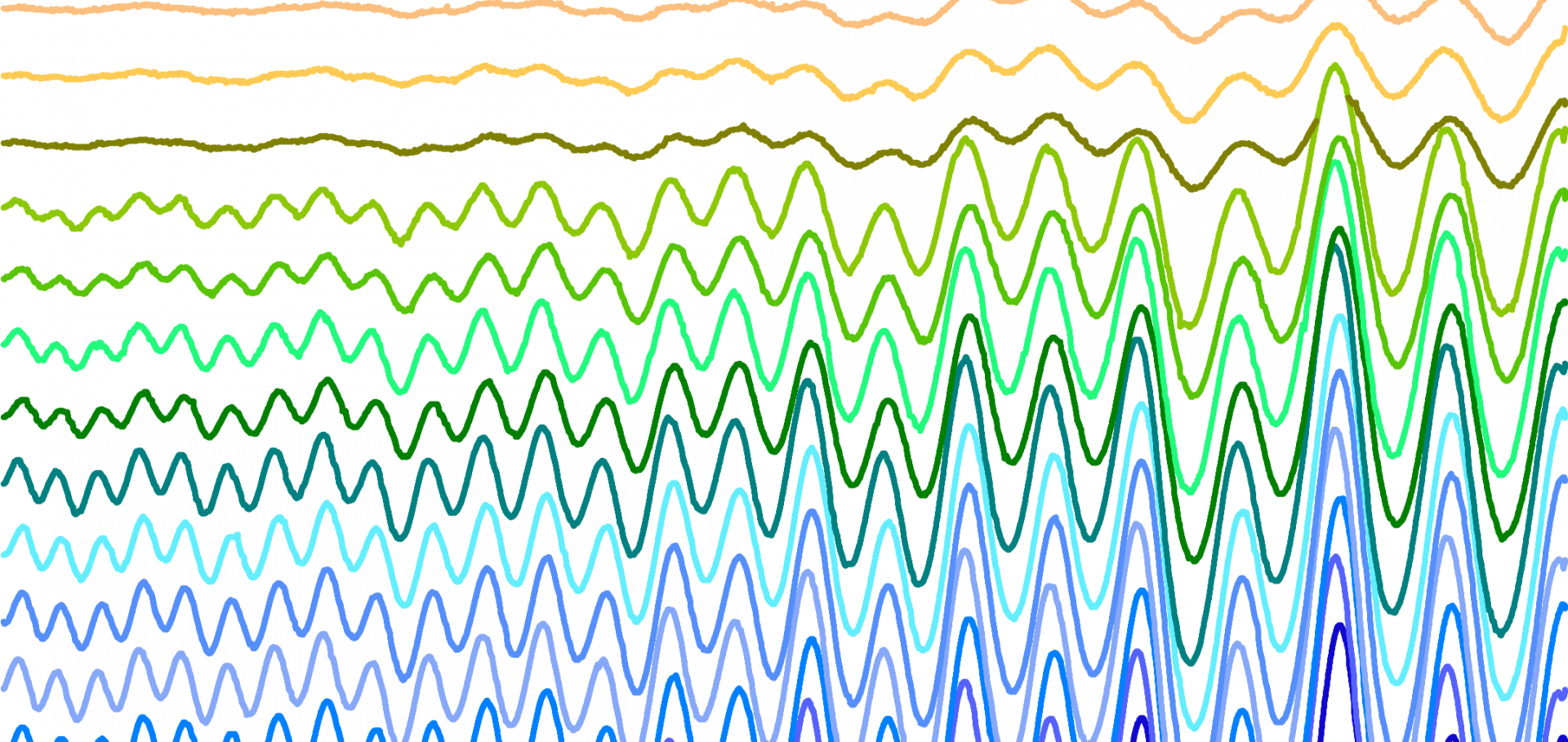Crystal structure and magnetic properties of SrCaMnGaO5+δ
Journal of Solid State Chemistry 167:1 (2002) 188-195
Abstract:
The room-temperature crystal structure of the brownmillerite SrCaMnGaO5+δ (δ = 0.035) has been refined from neutron powder diffraction data; space group Ima2, a = 15.7817(6), b = 5.4925(2), c = 5.3196(2) Å. Mn and Ga occupy 99.0(2)% of the 6- and 4-coordinate sites, respectively. A combination of magnetometry, neutron diffraction and μSR spectroscopy has shown that the compound orders magnetically at 180 K, and that the low-temperature phase has a G-type antiferromagnetic structure, with an ordered magnetic moment of 3.30(2) μB per Mn at 2 K. Displaced hysteresis loops provide evidence that the atomic moment has an additional, glassy component. Magnetometry shows that significant short-range magnetic interactions persist above 180 K, and μSR that the spin fluctuations are thermally activated in this temperature region. The compound is an electrical insulator which at 159 K shows an unusually large magnetoresistance of 85% in 6T, increasing to 90% in 13 T. © 2002 Elsevier Science (USA).Spin freezing and magnetic inhomogeneities in bilayer manganites
Physical Review Letters 89 (2001) 277601 4pp
ChemInform Abstract: Chemically Induced Magnetism and Magnetoresistance in La0.8Sr1.2Mn0.6Rh0.4O4 .
ChemInform Wiley 32:46 (2001) no-no
Colossal magnetoresistance in the layered chromium sulfide Cr2 S3-x (x=0.08)
Physical Review B - Condensed Matter and Materials Physics 64:13 (2001) 1324021-1324024
Abstract:
We report structural, magnetic, and magnetotransport properties of the two-dimensional chromium sulfide Cr2S2.92, which contains both Cr3+ and Cr2+ ions. Below its magnetic-ordering temperature (TN=118 K), Cr2S2.92 exhibits a weak spontaneous magnetization with a maximum around 90 K and a value of 0.013(4) μB per Cr ion at 5 K. The resistivity and magnetoresistance exhibit pronounced local maxima around TN (MR=48% in a field of 14 T). The magnetotransport properties are discussed in terms of magnetic-polaron formation.Chemically induced magnetism and magnetoresistance in La(0.8)Sr(1.2)Mn(0.6)Rh(0.4)O(4).
J Am Chem Soc 123:31 (2001) 7610-7615


